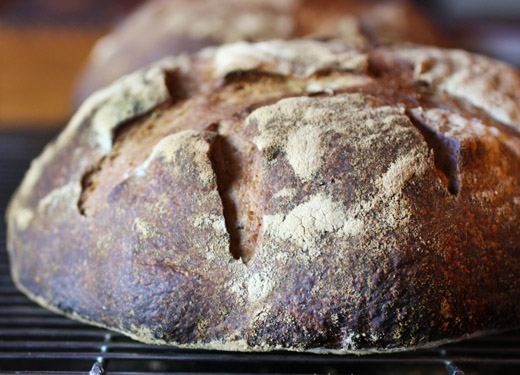I live in Austin, so I wanted to ask you about Walton's Fancy and Staple. Were you involved in developing the bakery menu?
I developed the pastry menu and shared many recipes that I developed for my pastry shop in Vermont, Gesine Confectionary, including the ginger cookies (which are in Sugar Baby), chocolate mousse towers (also in Sugar Baby) fruit mousses (also in Sugar Baby), golden eggs (in my first book) and parisian macarons, among other things.
Any plans to open a Gesine Confectionary shop in Austin?
I don't plan on opening my own shop in Austin. My pastry life is spent writing cookbooks, teaching, and operating my mail order business.
Speaking of Austin, I have a question about making taffy. You shared a story in Sugar Baby about your grandmother’s fun taffy pulling parties, and I’d really like to try to do this. Do I need to wait for an elusive non-humid day in Austin? Or, any tips for humidity and taffy?
It's the same for any sugar work, humidity plays a large part in success or failure. The book is divided into stages of "heat." As sugar gets hotter, it sloughs off moisture, and the more moisture that's sloughed off, the hotter it gets, the more concentrated the sugar becomes and the harder the solution becomes. Taffy falls in the firm/hard ball range. The issue with humidity is that once you get your sugar to temperature and you begin to work with it, the moisture in the air decides to settle in and wreak havoc. You've gone to all the trouble to get rid of moisture and there it is, in the air, just waiting to creep back into the sugar and make it all kinds of soft and soggy. I demo the taffies in the book at pretty much every signing, even in Austin. It's always spot on but I'm just waiting for summer to really hit its stride and mess up all sugar work entirely.
Making rock candy looks like such an interesting process. How did you learn to do it?
I made rock candy as a child in elementary school. Through the years, as I've actually studied sugar work, I was able to "troubleshoot" the process. I have even more tips on the sugarbabycookbook.com blog. For something so simple, it's alarming how much can go wonky. The process is right up there with poking an avocado seed with tooth pics and watching it sprout (in about a year!). In Europe, rock sugar is often presented in a bowl with a tea service instead of granulated sugar and is quite common to make.
And, one more question. I have to ask, what are you reading?
Strangely, Born to Run
Tina Fey's Bossy Pants
Thomas Keller's The French Laundry Cookbook
In Late Winter We Ate Pears
Good Meat
Bread
Thank you for participating, Gesine. Check back to see who answers the question next time and what other books are recommended.
Previous WAYR posts:
Jaden Hair
Michael Ruhlman
Monica Bhide
Michael Natkin
Sara Roahen
Andrea Nguyen
David Lebovitz
Rick Bayless
Tara Austen Weaver
Mollie Katzen
Deborah Madison
Soup Peddler
Sara Kate Gillingham-Ryan
Robb Walsh
Kim Severson
David Leite
Dan Lepard
Carolyn Jung
Joan Nathan
Melissa Clark
Dianne Jacob
Zoë Francois
Yotam Ottolenghi
Lucinda Scala Quinn
Barbara Lynch
Addie Broyles
Cheryl Tan
Joanne Chang
Kim Boyce
Barry Estabrook

Tweet












































